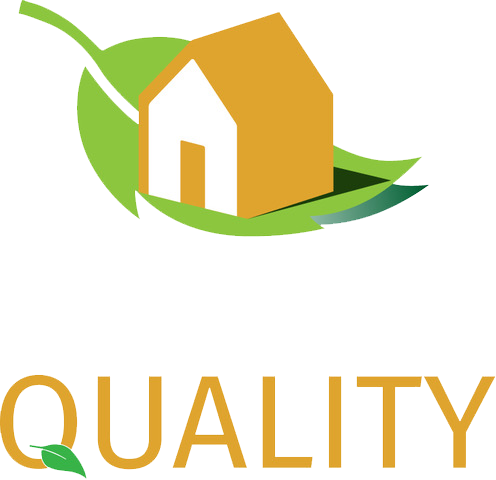SBEM calculations is the abbreviated version of Simplified Building Energy Modeling. Whenever you need to know how much efficient the commercial buildings are on the basis of energy, these calculations help. These calculations help a customer know two things;
These two are measured or calculated on the basis of
What are SBEM Calculations:
Sustaining energy and its sources is a major concern in the modern tech-influenced world. But before saving energy, we must know how much we are consuming. These calculations help us know how much annual energy is being consumed by a building and in what ways can we reduce that consumption. There are some National Methods of Calculation, according to which it is determined that whether the building is acquiescing to the regulations of sustainability. This calculation also expands to the conversion and extensions of some buildings so that the whole graph of energy consumption by the building can be drawn out. These calculations require the following data to draw out the information:
After the calculations, you can get a vivid picture of the carbon emission and the energy consumption of the building in consideration. The information is then generated on a certificate (Energy Performance Certificate) in the form of ratings of Energy Performance. Apart from that there are also other calculations of SBEM in the types explained below:
Conversion Calculations of SBEM:
When a building’s interior changes with its purpose, there may be new sources of energy such as internal heaters or coolers installed. Such converted buildings will require the calculations of SBEM. Sustain Quality provides the customers with these calculations also with advice and suggestions from our sustainability experts to keep the conversions in acquiescence with the standards.
This is why you’d calculate the conversions:
When the purpose of a building is changed, the material in the building also needs to be changed with it. For example, a previously domestic building could ‘have been converted into a hotel, school, hostel, dwelling etc. With these changings the material, with which the building was previously equipped, changes. So, new calculations are needed.
When material changes, the energy levels and the carbon emissions also change. For example, when a building is turned into a cold storage, the freezers come with more energy consumptions and more carbon emission. Thus, converted buildings need calculations of SBEM.
Extension’s calculations of SBEM:
When a previously commercial building is extended in the form of a new complex or department structure, the energy required for its working will add to the energy already being consumed by the building, so will the carbon emission. This new usage will be required by law to meet the specifications or the rules being set by Sustainability Authorities. So, the calculations for extensions will be required. We are here to help you with these calculations and to tell you whether you need them or not, and if you do, then to what extent?
Reasons to opt for calculations of SBEM for extensions:
SBEM calculations are required for extensions for two basic reasons:
If the area of the extended building’s floor is more than 25% of the floor area of the parent building.




